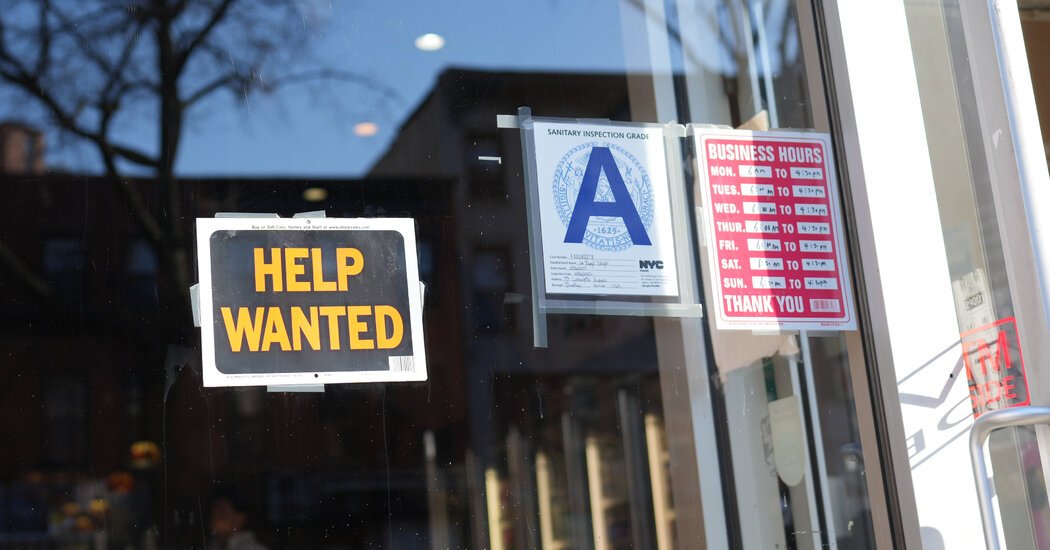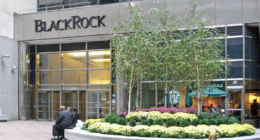Emma Budway, a 26-year-old autistic woman who is mostly nonverbal, had been living with her parents in Arlington, Va. She longed for her own place, but because she earned little income, she could not afford to move out. So when the opportunity came to move into a two-bedroom apartment in December 2019, she jumped at the chance.
Now Ms. Budway lives at Gilliam Place, an affordable housing complex built on property formerly owned by Arlington Presbyterian Church. “My world has gotten so much larger,” she said.
Ms. Budway is the beneficiary of a growing real estate trend: Across the nation, faith-based organizations are redeveloping unused or derelict facilities to help rectify a housing affordability crisis while also fulfilling their mission to do good in the world.
With the exception of a few well-heeled churches or synagogues, most religious organizations tend to be land rich and cash poor, said Geoffrey Newman, an executive managing director at Savills, a real estate services company.
“They are analyzing what they can do to alleviate their financial stress and what role real estate plays in that process,” he said. “If the stars align with good property, a robust real estate market, active developers, favorable zoning and forward-thinking institutional leadership, then there’s a wealth of potential.”
Still, the challenges are mounting. As more houses of worship venture into affordable housing, they face resistance from parishioners, a “not in my backyard” reaction from local residents and questions of solvency from lenders. They also are hindered by their lack of expertise around real estate development. But, as the Rev. Ashley Goff of Arlington Presbyterian Church put it, faith-based organizations see the need and feel the pull to “do something bigger than themselves.”








